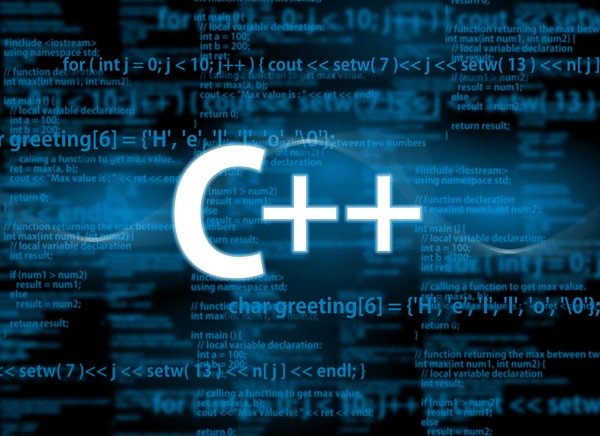Hello World in C++: A Beginner’s Guide
Introduction to Hello World in C++
Learning to program in C++ often starts with writing a simple “Hello World” program. This basic program helps beginners understand the syntax and structure of C++ code. In this article, we will explore how to write a “Hello World” program in C++, its components, and why it is essential for beginners.
What is a Hello World Program?
A “Hello World” program is a simple script that displays the text “Hello, World!” on the screen. It is often the first program written by people learning a new programming language. This program helps beginners understand the basic structure of the language and how to compile and run a program.
Writing Your First Hello World Program in C++
To write a “Hello World” program in C++, follow these steps:
- Open a Text Editor: You can use any text editor like Notepad, Visual Studio Code, or an Integrated Development Environment (IDE) like Code::Blocks.
- Write the Code: Type the following code into your text editor:
#include <iostream>
int main() {
std::cout << "Hello, World!" << std::endl;
return 0;
}
- Save the File: Save the file with a
.cppextension, for example,hello_world.cpp. - Compile the Program: Use a C++ compiler like g++ to compile the program. Open your terminal or command prompt and type:
g++ hello_world.cpp -o hello_world
- Run the Program: Execute the compiled program by typing:
./hello_world
You should see the output:
Hello, World!
Components of a Hello World Program
1. Preprocessor Directive
#include <iostream>
This line tells the compiler to include the standard input-output stream library, which is necessary for using std::cout.
2. Main Function
int main() {
// code
return 0;
}
The main function is the entry point of any C++ program. The code inside this function is executed when the program runs.
3. Output Statement
std::cout << "Hello, World!" << std::endl;
This line prints the text “Hello, World!” to the console. std::cout is the standard character output stream in C++.
4. Return Statement
return 0;
This line indicates that the program has executed successfully.
Why Learn Hello World in C++?
Learning to write a “Hello World” program in C++ is crucial for several reasons:
- Understanding Syntax: It helps beginners understand the basic syntax of C++.
- Compilation Process: It introduces the process of compiling and running a C++ program.
- Foundation for Advanced Topics: It serves as a foundation for learning more complex C++ concepts.
Statistics and Analogy
According to a survey by Stack Overflow, C++ is one of the top 10 most popular programming languages in the world. Learning C++ can be compared to learning the alphabet before writing essays; it is a fundamental step that paves the way for more advanced programming skills.
FAQ Section
What is the purpose of a Hello World program?
A “Hello World” program is designed to introduce beginners to the basic syntax and structure of a programming language.
How do I compile a C++ program?
You can compile a C++ program using a compiler like g++. For example, use the command g++ hello_world.cpp -o hello_world to compile a file named hello_world.cpp.
What does #include <iostream> mean?
#include <iostream> is a preprocessor directive that includes the standard input-output stream library, necessary for using std::cout.
Why is return 0; used in the main function?
return 0; indicates that the program has executed successfully. It is a way to signal the end of the program to the operating system.
External Links
- C++ Reference – Comprehensive guide to C++ standard libraries.
- GeeksforGeeks C++ Tutorial – In-depth tutorials and examples for learning C++.
- Learn C++ – A free website dedicated to teaching C++ programming.
Conclusion
Writing a “Hello World” program in C++ is an essential first step for anyone learning the language. It introduces the basic syntax, structure, and compilation process of C++.

